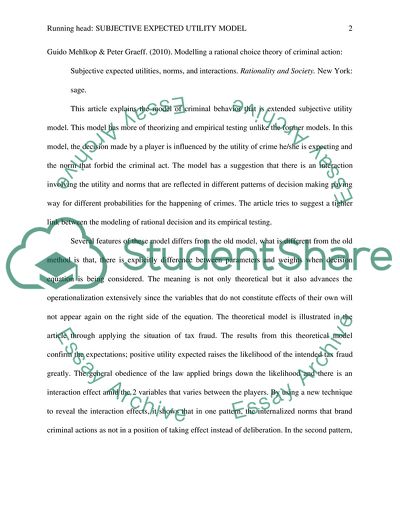Cite this document
(Modelling a Rational Choice Annotated Bibliography Example | Topics and Well Written Essays - 2500 words, n.d.)
Modelling a Rational Choice Annotated Bibliography Example | Topics and Well Written Essays - 2500 words. https://studentshare.org/sociology/1772308-subjective-expected-utility-model
Modelling a Rational Choice Annotated Bibliography Example | Topics and Well Written Essays - 2500 words. https://studentshare.org/sociology/1772308-subjective-expected-utility-model
(Modelling a Rational Choice Annotated Bibliography Example | Topics and Well Written Essays - 2500 Words)
Modelling a Rational Choice Annotated Bibliography Example | Topics and Well Written Essays - 2500 Words. https://studentshare.org/sociology/1772308-subjective-expected-utility-model.
Modelling a Rational Choice Annotated Bibliography Example | Topics and Well Written Essays - 2500 Words. https://studentshare.org/sociology/1772308-subjective-expected-utility-model.
“Modelling a Rational Choice Annotated Bibliography Example | Topics and Well Written Essays - 2500 Words”. https://studentshare.org/sociology/1772308-subjective-expected-utility-model.


